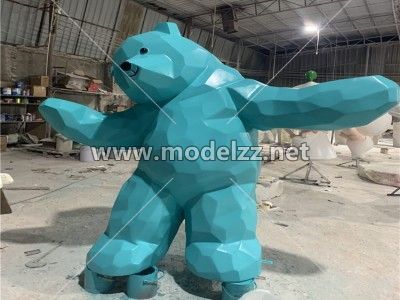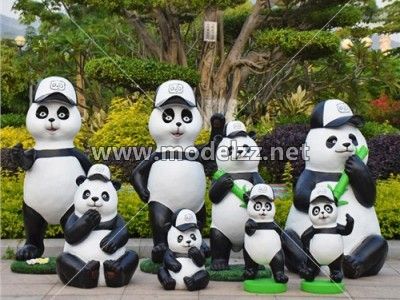Fiberglass is a material that's incredibly strong, light, and durable as long as the right type of fiberglass is used for the correct application. Fiberglass is a highly versatile material that offers several benefits to designers and engineers alike. Its high durability, corrosion resistance, and design flexibility make it an ideal choice for use in a wide range of industrial equipment and products. In addition, its ability to be molded into different shapes, its customization finishes, and its lightweight yet strong composition make it an attractive material for designers looking to achieve a specific aesthetic or performance FRP sculptures.

Outdoor Sculptures Fiberglass is a man-made substance made of reinforced plastic that’s overlaid with glass and woven material to create a type of fiber. In some cases, it can be a glass-reinforced plastic fiber. Sometimes fiberglass is called glass-reinforced plastic, GRP, or fiberglass-reinforced plastic, FRP. In addition, due to the high resistance to wear, it is also frequently used for other industries since it has high moisture resistance, is insulated from electrical components, and has advantageous physical strength, it can be used in countless applications. Generally speaking, glass fiber can be flattened into a sheet, made into a woven fabric, or arranged randomly for Fiberglass cartoon sculptures.

Mat fiberglass, also known as chopped-strand mat, is made from the same fibers as E-glass. The two or three-inch fibers are arranged randomly in all directions. Mat fiberglass is held together with a resin-soluble binder but requires a large amount of resin. Mat fiberglass is relatively waterproof and can be smoothed considerably with sanding. Mat is used most often for building up the layered thickness in layups. E-glass is made from melted plastic that's spun into ultra-thin fibers. Those fibers are then consolidated and woven into fiberglass cloth. E-glass is one of the most popular and common types of fiberglass and is the most frequently used for boat building. S-glass fiberglass cloth is what most would consider "high-performance" fiberglass. This is because the cloth reaches 30% or even 40% more tensile strength than conventional E-glass. Tensile strength is the measurement of stress the material can withstand before breaking.

